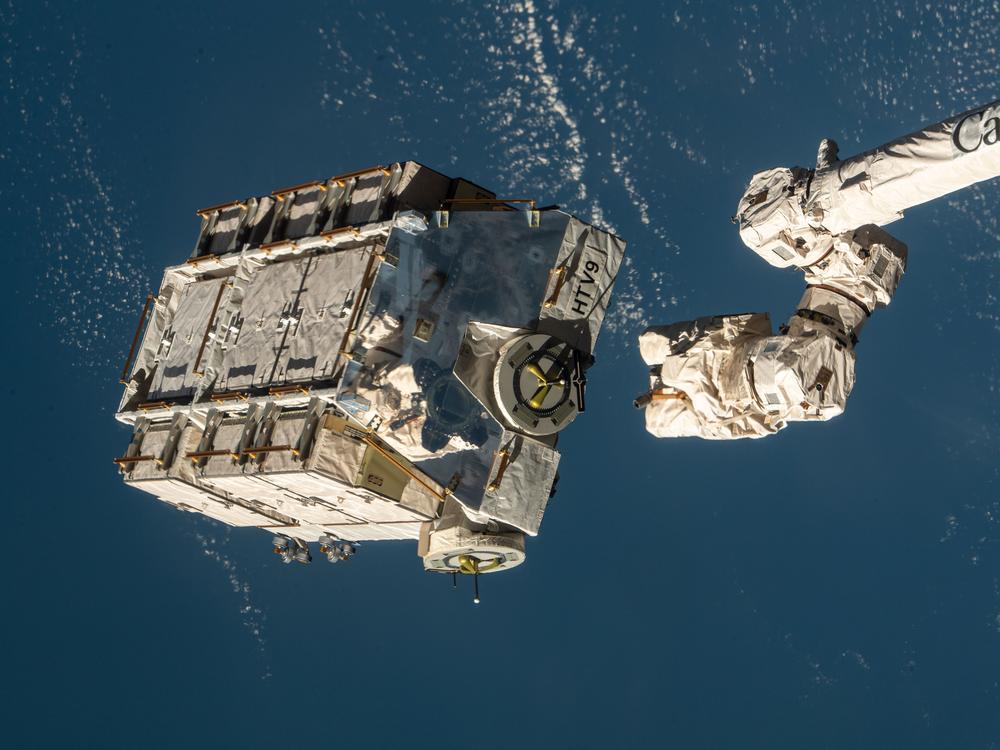Section Branding
Header Content
A Florida family is suing NASA after a piece of space debris crashed through their home
Primary Content
A Florida family is suing NASA after a piece of metallic space debris belonging to the agency fell to Earth and tore through their Naples home earlier this year, leaving a hole in the roof.
The March incident was a startling rare instance of man-made material from orbit making its way back to our planet’s surface intact and landing in a populated area, and it raised questions about who is responsible when space debris causes damage on Earth.
“Space debris is a real and serious issue because of the increase in space traffic in recent years,” the family’s attorney, Mica Nguyen Worthy, said in a statement. “My clients are seeking adequate compensation to account for the stress and impact that this event had on their lives.”
Worthy noted that the 19-year-old son of homeowner Alejandro Otero was in the house at the time of the incident but was a few rooms away from the impact and was unharmed. “They are grateful that no one sustained physical injuries from this incident, but a ‘near miss’ situation such as this could have been catastrophic.”
The claim against NASA, which was filed last month, seeks damages including non-insured property damage loss, emotional and mental anguish and other damages.
In an email, NASA public affairs officer Jimi Russell said it “would not be appropriate for NASA to comment on a pending claim.”
The agency said in a blog post in April that a “space object” recovered from the Oteros’ home was involved in a March 2021 operation aboard the International Space Station.
At that time, NASA released a 5,800-pound cargo pallet of old nickel hydride batteries that it expected to orbit Earth for two to four years before burning up in the atmosphere.
But the agency said it believes the material that landed in Florida was a 1.6-pound metal alloy stanchion from “NASA flight support equipment.”
“NASA remains committed to responsibly operating in low Earth orbit, and mitigating as much risk as possible to protect people on Earth when space hardware must be released,” the agency said in April.
Worthy said NASA would be held responsible for damage caused by its space debris in any other country under the international agreement known as the Space Liability Convention.
But space law expert Mark Sundahl told NPR in April that the law is less clear when material belonging to NASA lands on U.S. soil, making it a domestic legal issue.

